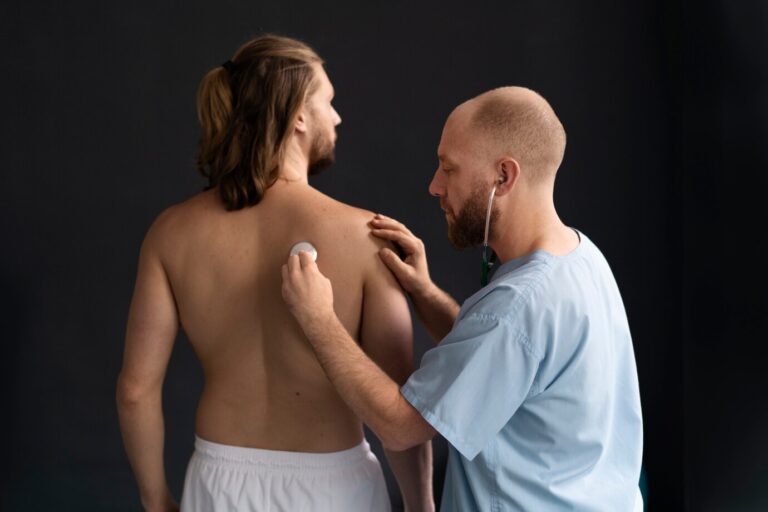Living with chronic shoulder pain can be exhausting, affecting even simple daily activities. The constant discomfort and limitations can take a toll on both physical and emotional well-being. Medical advancements, like shoulder replacement, offer hope for relief. Exploring these options can improve quality of life and reduce daily limitations.
Types of Shoulder Replacement Surgery
Different types of shoulder replacement surgeries are available to meet individual needs. Each procedure is tailored to relieve pain and restore function depending on the underlying condition and severity.
- Hemiarthroplasty involves replacing the ball and stem of the shoulder joint with prosthetic components. These prosthetics are designed to fit within the natural shoulder joint, helping to restore your range of motion.
- Resurfacing Hemiarthroplasty, a type of hemiarthroplasty, replaces the head of the shoulder joint without affecting the stem. It uses a prosthetic designed to fit seamlessly like a cap within the natural shoulder joint.
- Anatomic Total Shoulder Replacement replaces the natural joint with multiple components, such as a metal ball connected to a stem and a plastic cup fitted into the glenoid socket. This is a good option for patients with severe arthritis in their shoulder.
- Stemless Total Shoulder Arthroplasty aims to preserve healthy bone by attaching a metallic ball to the upper arm bone without using a stem.
- Reverse Total Shoulder Replacement switches the position of your shoulder joint, placing the socket on top of the upper arm bone and the ball on the shoulder blade. This surgery may be helpful for individuals who have shoulder arthritis or a significant rotator cuff tear.
Candidates for Shoulder Replacement
Replacement surgery is not the first treatment offered for joint pain. Patients often explore nonsurgical options such as physical therapy, medications, or steroid injections before proceeding with surgery. When these alternatives do not work and daily activities are affected by pain, replacement surgery becomes a viable option.
Typical candidates include those who experience severe pain that makes everyday activities difficult or struggle with shoulder weakness. Suitable candidates may also include those who haven’t found relief through platelet-rich plasma injections or physical therapy. Individuals with a limited range of shoulder motion might also be good candidates. Prior medical evaluations, imaging scans, and a thorough discussion with an orthopedic surgeon help determine the most suitable surgical approach.
Preparing for a Shoulder Replacement
Before undergoing a replacement surgery, preparation begins with a consultation with your orthopedic surgeon. During this visit, the doctor may perform a detailed assessment of your medical history and current condition. This generally includes reviewing imaging scans like X-rays or MRIs, conducting a physical examination, and discussing your specific symptoms and limitations. The surgeon will also evaluate your overall health to see if you are a good candidate for the procedure.
To make the most of your appointment, prepare a list of questions. Ask about the type of replacement procedure recommended, the materials used for the replacement joint, and the expected recovery time. Inquire about potential risks, complications, and the anticipated outcomes based on your unique case. Also ask about preoperative steps, such as lifestyle adjustments or physical exercises, to optimize your surgery’s success. This dialogue is a first step to helping you feel informed and confident about the procedure ahead.
Explore Your Options
Shoulder replacement techniques are expanding to address the wide range of challenges patients face. Whether you’re living with arthritis, a shoulder injury, or mobility issues, modern procedures provide a better quality of life. Take the next step toward pain relief and improved mobility—schedule an appointment with an expert today.

